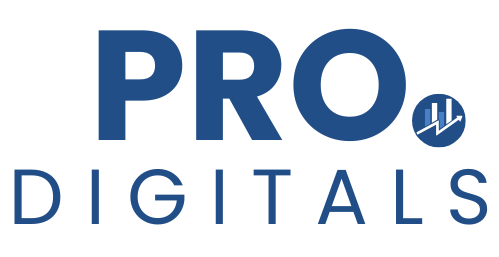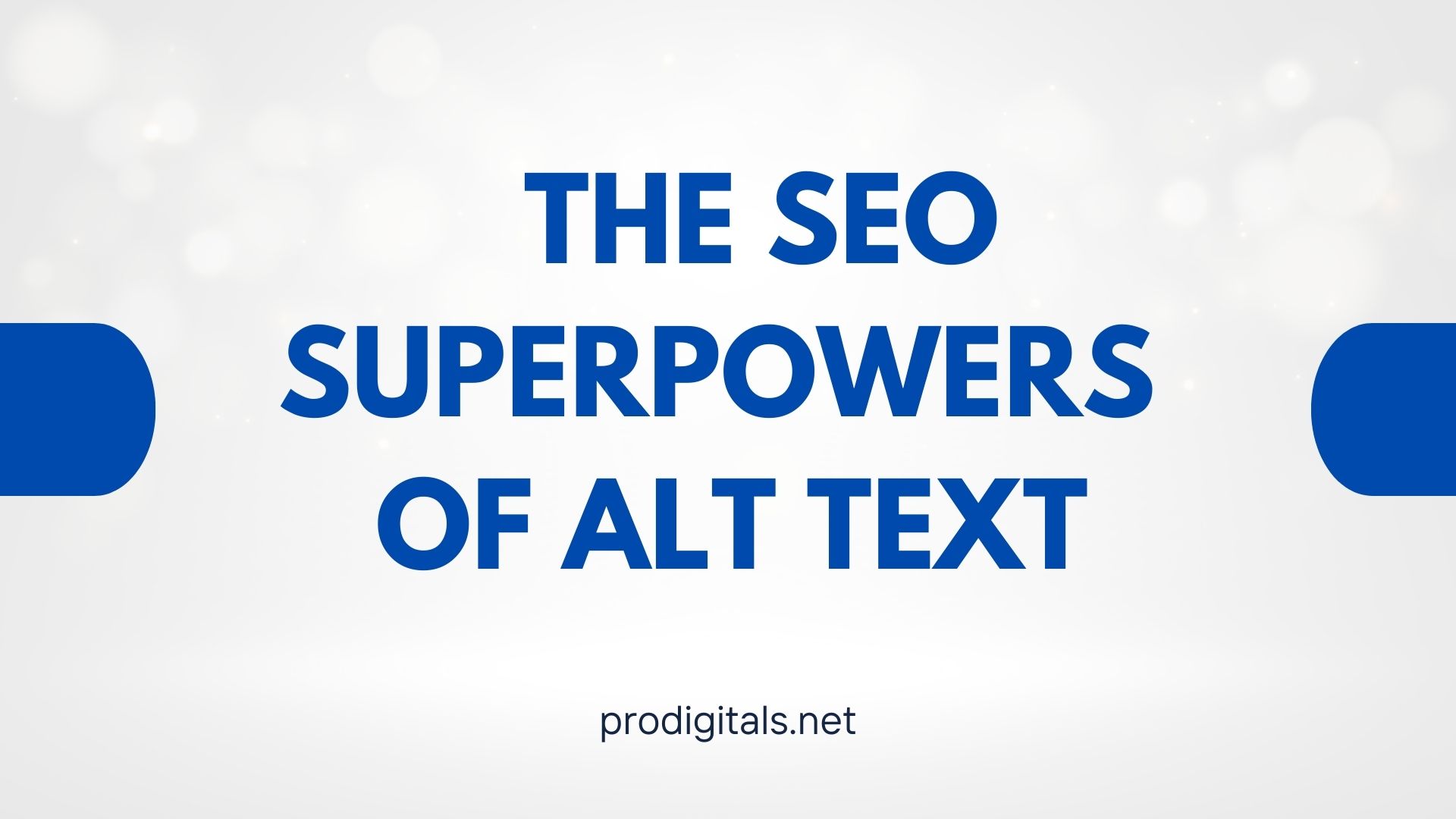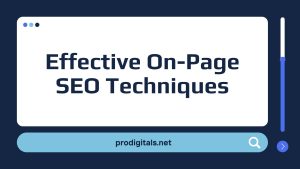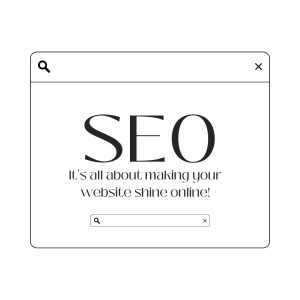Let’s be honest—most people treat image alt text like an afterthought. Upload an image, slap on a vague description (if anything at all), and move on. But here’s the brutal truth: skipping alt text is like serving a gourmet meal in the dark. Sure, the food might taste great, but without context, half your audience is left guessing.
Alt text isn’t just a technical checkbox. It’s a bridge between your visuals and the algorithms (and humans) that interpret them. Ignore it, and you’re leaving SEO wins, accessibility, and user experience on the table.
What Exactly Is Alt Text?
Alt text—short for “alternative text”—is a concise, written description of an image. It serves two critical functions:
- Accessibility: Screen readers vocalize alt text for visually impaired users.
- SEO: Search engines use it to index and rank images.
Imagine a meme fails to load. Instead of a blank box, users see: “Distracted boyfriend glancing at another woman while his girlfriend looks annoyed.” That’s alt text doing its job.
How Search Engines “See” Images
Google’s bots don’t have eyeballs. They rely on alt text to decode visuals. No alt text? Your image might as well be invisible.
The SEO Superpowers of Alt Text
1. Dominating Google Images
Google Images drives 35% of all search traffic. A well-optimized alt tag can land your visuals in front of millions. Example:
- Weak alt text: “Coffee”
- Strong alt text: “Hand-poured artisan latte with heart-shaped foam in a rustic café”
The latter targets long-tail keywords (artisan latte, rustic café) and paints a vivid picture for algorithms and users alike.
2. Boosting Accessibility (and Avoiding Legal Trouble)
Over 7 million Americans have visual disabilities. Without alt text, screen readers announce: “Image. Filename: DSC0234.jpg.” Not helpful.
Accessibility lawsuits under the ADA (Americans with Disabilities Act) are rising. In 2022, 2,352 website accessibility lawsuits were filed in the U.S. Alt text is your first line of defense.
3. Context for Crawlers
Search engines analyze text-to-image relevance. A blog about “minimalist home offices” with unlabeled images of desks? Google might shrug. Alt text like “Scandinavian-style oak desk with wireless charger under natural light” ties the visual to the topic.
4. Featured Snippet Potential
Rich snippets often pull images from well-optimized pages. A recipe post with alt text like “Vegan chocolate avocado mousse with raspberry garnish” could snag a coveted spot in “Position Zero.”
Crafting Alt Text That Doesn’t Suck
The Goldilocks Principle
- Too vague: “Chart”
- Too spammy: “Best organic vegan keto gluten-free pancake recipe 2024 breakfast food”
- Just right: “Stack of fluffy vegan pancakes with maple syrup drizzle”
Keyword Strategy
Include keywords naturally. For a post about remote work tools:
- Weak: “Laptop on table”
- Strong: “MacBook Pro running Slack and Trello on a bamboo desk”
Skip the Obvious
Screen readers already say “image.” Ditch redundancies like “Image of…”
Handling Decorative Images
For dividers or purely aesthetic visuals, use alt="" to tell screen readers to skip them.
Alt Text Fails (And How to Fix Them)
The Keyword Stuffing Disaster
“Best iPhone 14 Pro Max camera settings portrait mode low light photography tips tricks 2024”
Fix: “iPhone 14 Pro Max capturing a low-light portrait with blurred background.”
The Cryptic Description
“Graph”
Fix: “Bar graph comparing 2023 vs. 2024 SaaS revenue growth.”
The Context Blindspot
The same image of a dog could need:
- “Golden retriever puppy sleeping in sunlight” (pet blog)
- “Dog-friendly Airbnb with plush dog bed” (travel site)
Real-World Alt Text Wins
Travel Blog Example
- Bad: “Paris”
- Better: “Eiffel Tower”
- Best: “Eiffel Tower at golden hour, viewed from Champ de Mars with cherry blossoms in foreground.”
The last version? SEO-friendly, emotionally evocative, and screen-reader approved.
E-Commerce Example
- Lazy: “Running shoes”
- Strategic: “Women’s Nike Air Zoom Pegasus 40 in midnight blue on a track.”
Bonus: This alt text can reduce returns. Visually impaired users hear “midnight blue” and avoid mismatched orders.
Tools to Audit Your Alt Text
- WAVE Web Accessibility Tool – Flags missing alt text and color contrast issues.
- Google Lighthouse – Scores your site’s SEO and accessibility (including image optimization).
- Screaming Frog – Crawls your site to identify images without alt attributes.
Pro Tip: Use Canva’s alt text generator for AI-assisted descriptions (but always edit for accuracy).
The Bottom Line
Alt text is the duct tape of SEO—it holds everything together quietly. It’s not glamorous, but without it, your site’s foundation cracks.
Want your images to rank? Describe them. Want to be inclusive? Describe them. Want to avoid legal headaches? You get the idea.
So next time you upload a photo, ask yourself: “Would a blind user or a Google bot understand this?” If not, your alt text needs work. Now go fix it—before your competitors outrank you with a single sentence.
Random Fact: The first alt text was used in 1993 with the release of Mosaic, the first web browser to display images. Even then, developers knew visuals needed context. Some things never change. 🔍




